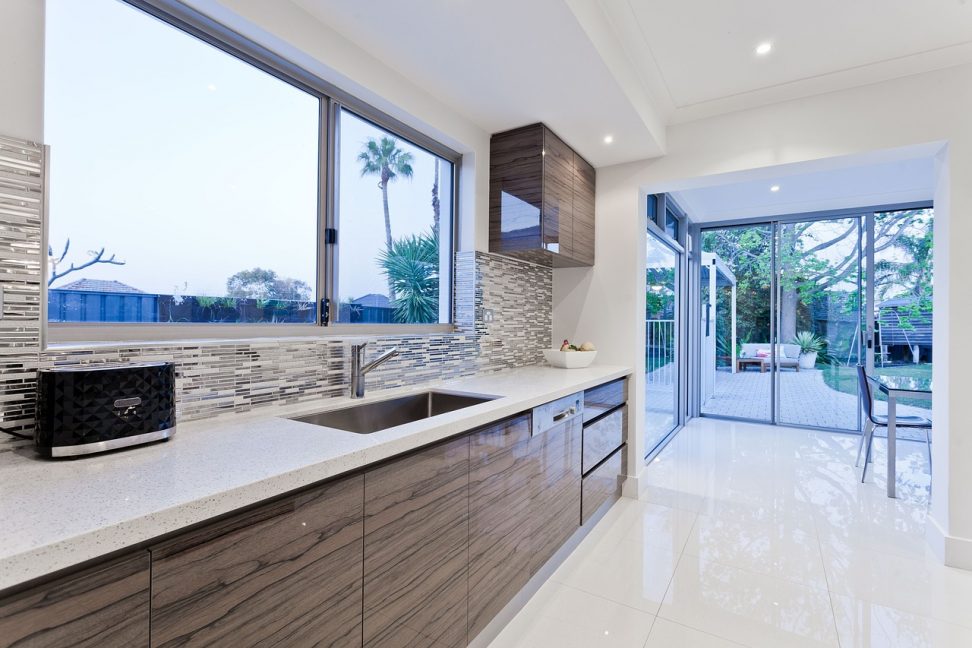With all the publicity about rising gas prices the gas networks must be feeling the heat. (AAAARGH what a shocking ‘Dad’ Joke)
Why else would I find an article on my Facebook feed entitled ‘Three Reasons Why Natural Gas Is Better Than Electricity’
Like a lot of advertising there is a fair bit of Bull Dust around so lets look at what they say, (with my comments in Italics afterwards)
1. It’s always there when you need it
Natural gas infrastructure allows distributors to deliver gas to customers on demand, without the supply and reliability issues associated with electricity. In fact, when it comes to reliability, Australia’s natural gas network experiences only one unplanned outage, on average every 40 years.
But when it happens it can be a big one! After the Longford Gas Disaster in 1998 the Whole of Victoria had no gas for more than 2 weeks. Daily cold showers over that one period was worse than the total of around 50 hours (say 2 hours a year) of power cuts over the last 25 years! We were just happy that we didn’t have gas cooking.
Also what about these articles on the upcoming Gas Shortage that forced Malcolm Turnbull to step in
2. It’s up to 40% cheaper than electricity to use
Natural gas has always been consistently affordable and is likely to continue to be so well into the future. Unlike electricity, where increased consumption drives your tariffs higher, generally the more gas appliances you install the more you can save. This is because in most cases, the cost per unit of gas decreases as consumption increases.
While gas appliances may cost a little more to install initially, running costs are generally lower. This means that using natural gas almost always works out cheaper in the long run.
For example, take one cook top and hot water system running in an average Australian household for one year:
- Running on electricity, the cost would be $1,156 p.a. in South Australia and $1,235 p.a. in Victoria.
- Running on natural gas, the cost would be $782 p.a. in South Australia and $725 p.a. in Victoria.
Installing a heat pump would save 50 – 60% of the electricity costs. That would bring electricity costs down to below gas. A solar hot water system with electric boosting could save more . . . . and think of the savings if you could get rid of the gas standing charge!
3. It produces significantly less greenhouse gas emissions than electricity
Yes, natural gas is a fossil fuel, but it is also far more environmentally friendly than electricity. Its chemical structure is quite different to coal, meaning its emissions are much lower.
Here are some quantifiable examples of why natural gas is a better environmental choice:
- In South Australia, a gas powered hot water system emits 67% less CO2 than an electric equivalent
- In Victoria, a gas powered hot water system emits 83% less CO2 than an electric equivalent
- The emissions from a natural gas powered hot water system is on par with those produced by a system using 50% renewable energy and 50% coal electricity mix.
- Gas currently delivers 44% of Australia’s household energy, but only produces 13% of household greenhouse gas emissions
- Gas has a higher yield rate* from extraction to delivery (90%) compared to electricity, making it far more efficient.
With either of the alternatives mentioned in my response to Point 2 above the CO2 for electricity drops dramatically. I also have 3kw of solar panels on the roof of my 2 bedroom unit, on current performance it looks like I will be generating more power than I consume* . . . . Net effect no CO2 generated.
Although gas does have a higher yield rate what they don’t say is gas appliances have a lower efficiency typically 70 – 90% compared to electricity. Even the most basic electricity heater is 100% efficient. Some heat pumps are better than 300% efficient (for every kw going into the unit it delivers 3kw of heat)
Conclusion
If you want good advice on hot water, cooking, and heating your property don’t rely on the gas networks (or the electricity networks) . . . . find some independent advice, like this blog.
* Between when my solar system was switched at the end of January 2017, and 15th May 2015, I have generated 510kwhrs more power than we have used. I know I won’t be generating as much for the next few colder months, but I did miss out on a peak generating month of January.
